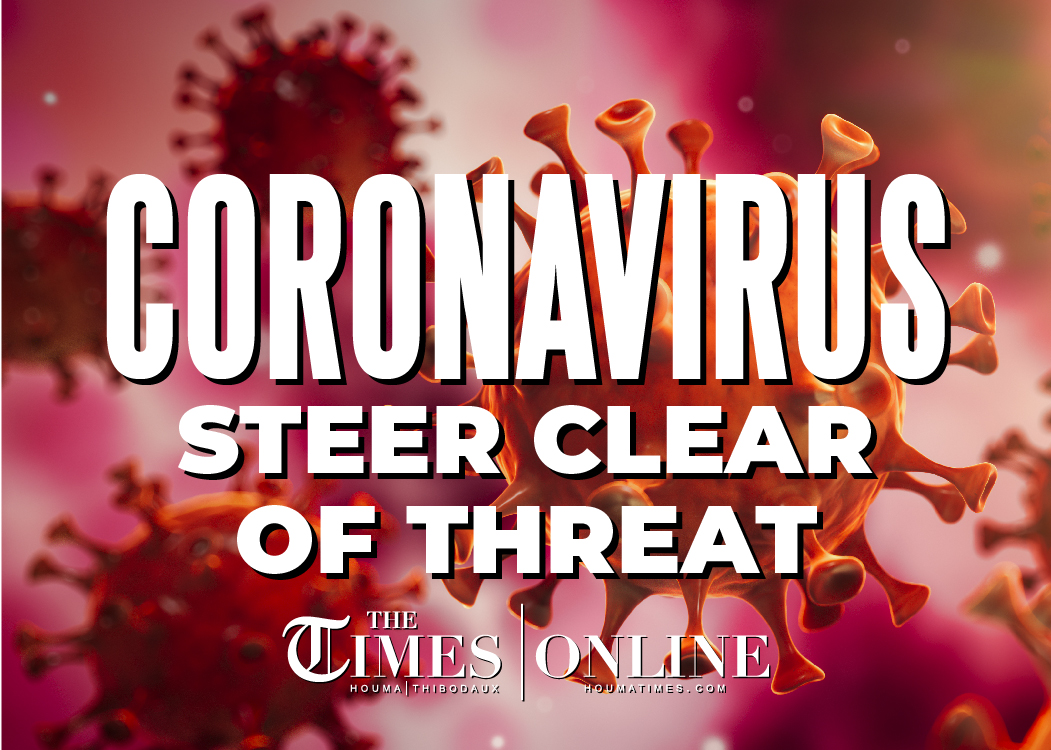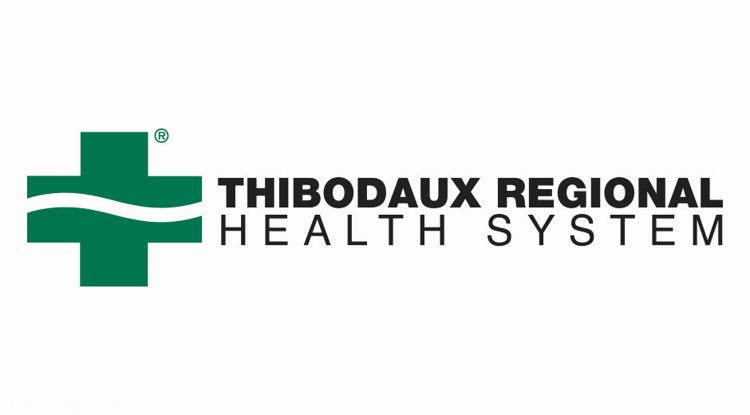
LDH reports 324 new cases
August 31, 2020
Turning Forty
August 31, 2020As the coronavirus pandemic continues, it is important to not only mask up, social distance and practice good hand hygiene but also not to delay care for other illnesses or overlook symptoms unrelated to the virus.
September is National Prostate Cancer Awareness Month. Prostate cancer is the second most common cancer among men and affects as many as one in every nine men. While prostate cancer is typically slow growing and can be successfully treated if detected early, some types are extremely aggressive and can spread rapidly.
Prevention and Reducing Risks
Although COVID-19 affects all genders, age groups and ethnicities, the risk for severe disease and death is higher in older men and particularly those with underlying health conditions—the same group most at risk for prostate cancer. African-American men and Caribbean men of African descent have the highest rate of prostate cancer.
According to American Cancer Society guidelines, men can reduce their risk by:
- Choosing a diet with a variety of fruits, vegetables and whole grains;
- Following a low-fat diet with limited red meat and dairy products;
- Choosing foods rich in vitamins and minerals over supplements;
- Drinking plenty of water and limiting caffeine and sugar-sweetened beverages;
- Exercising frequently;
- Maintaining a healthy weight.
Symptoms
As men age, the prostate can become enlarged and cause frequent urination. An enlarged prostate doesn’t always signal cancer, but watch for:
- Frequent urination, especially at night;
- Difficulty starting or stopping urination;
- Weak or interrupted urinary stream;
- Painful or burning sensation during urination or ejaculation;
- Blood in urine or semen;
- Deep pain in the lower back, hips or upper thighs.
Screenings
The American Cancer Society advises men to begin screening tests at:
- Age 50 for average-risk men;
- Age 45 for men at high risk, including African-Americans and men with a father, brother or son diagnosed before age 65;
- Age 40 for men with more than one first-degree relative diagnosed at early ages.
- Annual screenings typically consist of a blood test to measure PSA levels. If levels are elevated, your doctor may recommend a digital rectal exam to feel for bumps or hard spots on the prostate.
For more information contact Thibodaux Regional Cancer Center, 985-493-4008.







